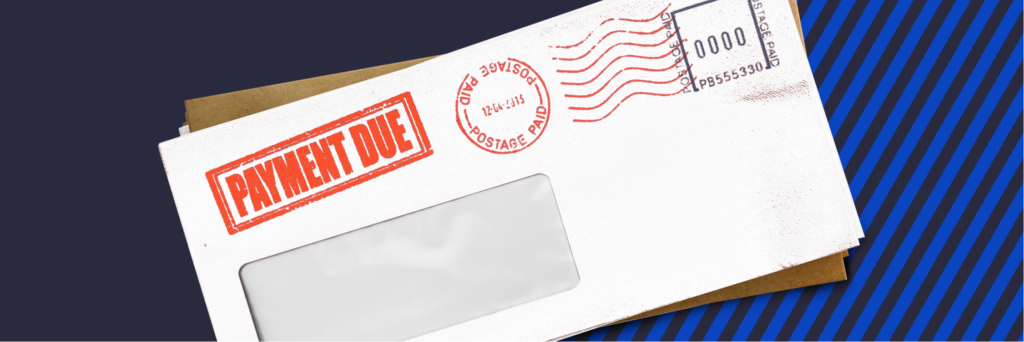If you’re planning to buy a home or already have a mortgage, you need to understand what APR means in this context.
In essence, the APR for a mortgage includes all costs you pay (including origination fees, interest, etc.) so that you have an idea of how much you’re paying on a yearly basis to own the house. This is different from the interest rate, which only tells you how much interest you must pay on the principal each month – but doesn’t include fees.
For example, if your mortgage loan is for $300,000 and you pay $8,000 in costs and fees associated with getting the loan, then the $8,000 is calculated in your APR. Since your interest rate does not reflect those extra costs, it’s important to pay attention to your APR because it will tell you how much you’re paying in total – including the extra costs. It’s also important to note that some lenders offer increased rates in exchange for reduced closing costs, or the option to pay for discount points to reduce your rate.




